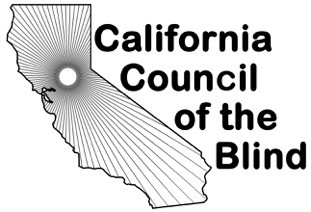By Susan Glass
On Friday, October 19, I did something that I've yearned to do since childhood. I rode in a horse show.
Growing up, I rode horses regularly between the ages of 10 and 15. My teacher Mr. Higgins, was a kind, wise, and jolly surrogate grandfather to myself and the other 15 or so kids he taught. We learned the basics of Western riding, as well as horse safety, how to groom, feed, and tack up, which means saddling and unsaddling the horse. On trail rides, Mr. Higgins guided me by calling out "right," "left," "steep downgrade coming," "gradual upgrade," "duck: low trees." Generally, my horse Bonnie followed his horse Blackboy anyhow, nose to tail. We didn't do much arena or ring work, which was fine with me since what I loved most about riding was its sensory richness: the warm smell of Bonnie's coat whether shaggy in winter or sleek in summer; the round clopping of her shod hooves on pavement and their padded tones in dirt; trail fragrances of wild oats and oak leaves and eucalyptus; and birds (meadowlarks, flickers, California quail). And there was my friendship with Mr. Higgins, his laughter, his propensity for telling tall tales, and his faith in the abilities of all children.
I learned to ride horses before I learned to use a cane. Horses were my first freedom, and my first understanding of myself as a person who could move confidently in the world.
About a year ago, I began taking riding lessons at Garrod Farms, located in the Saratoga foothills. This time though, I wanted to immerse myself in the athletics, art and skill of riding. My teacher Kathleen Reyes was excited to work with a blind rider. Comfortable with hands-on instruction, she guided my body into the correct postures for sitting, walking, trotting and cantering a horse, and she helped me learn how to transition smoothly from one gait to the next. She showed me how by subtly shifting my weight from one hip to the other, and turning my body in the direction I wished to go, I could ask the horse for a 15, 30, 45, 90, 180 or even 360 degree turn. What a splendid means for practicing mobility and proprioceptive sense! And did you know that when you ride a horse in this concentrated way, you move 430 parts of your body? I applied all of these skills to learning to ride in an arena, and navigating my horse through barrels, poles and cones.
On October 19, along with several other Garrod students, I rode in a "play date" (casual horse show.) Incidentally, former SVCB chapter member LeeAnn Nakagawa, who had also been taking lessons at Garrod, rode in the show too. We each participated in three events. Mine were called the California Barrel, Hurry Scurry, and Keyhole. Before each of my events, an apprentice teacher Maria, walked my horse and me through the course that we were about to ride. Then my teacher Kathleen stood on the arena edge calling out instructions, "Lope! Left 15. Neutral. Right, 30. Neutral. Left 45. Haunch turn. Gallop home." Kathleen's oral instructions, and being permitted to pace the route out before riding it were the only adaptations that we made to blindness. Oh, just one more: We asked the audience to be quiet so that I could more easily hear Kathleen.
My horse's name was Fudge. He's a gentle bay, which means that he's brown with a black mane and tail. Our first two events were fine, but we messed up the third one by riding off pattern and getting ourselves disqualified. That happened to some sighted riders too. It was all in good fun, and I can't wait for our next show which will occur next June, and which will focus on Equitation or rider form.
To my knowledge, Kathleen is the only instructor at Garrod who teaches riders with disabilities. West wind Barns in Los Altos and B.O.K. Ranch in Wood Side (Both in California), are two places that offer therapeutic riding lessons specifically geared for blind and disabled riders. I'm planning to visit both locations so that I can learn more about their programs. I'll keep everyone posted.


